Shining a light on sustainability: a deep dive into Google Project Sunroof


· 11 min read
This article is part of an educational series to spread free & quality sustainability knowledge for all.
As more people adopt cleaner and more sustainable energy solutions, solar power has emerged as one of the leading alternative solutions to fossil fuels. One company that has played a pivotal role in the transition to solar is Google, with its groundbreaking Google Project Sunroof.
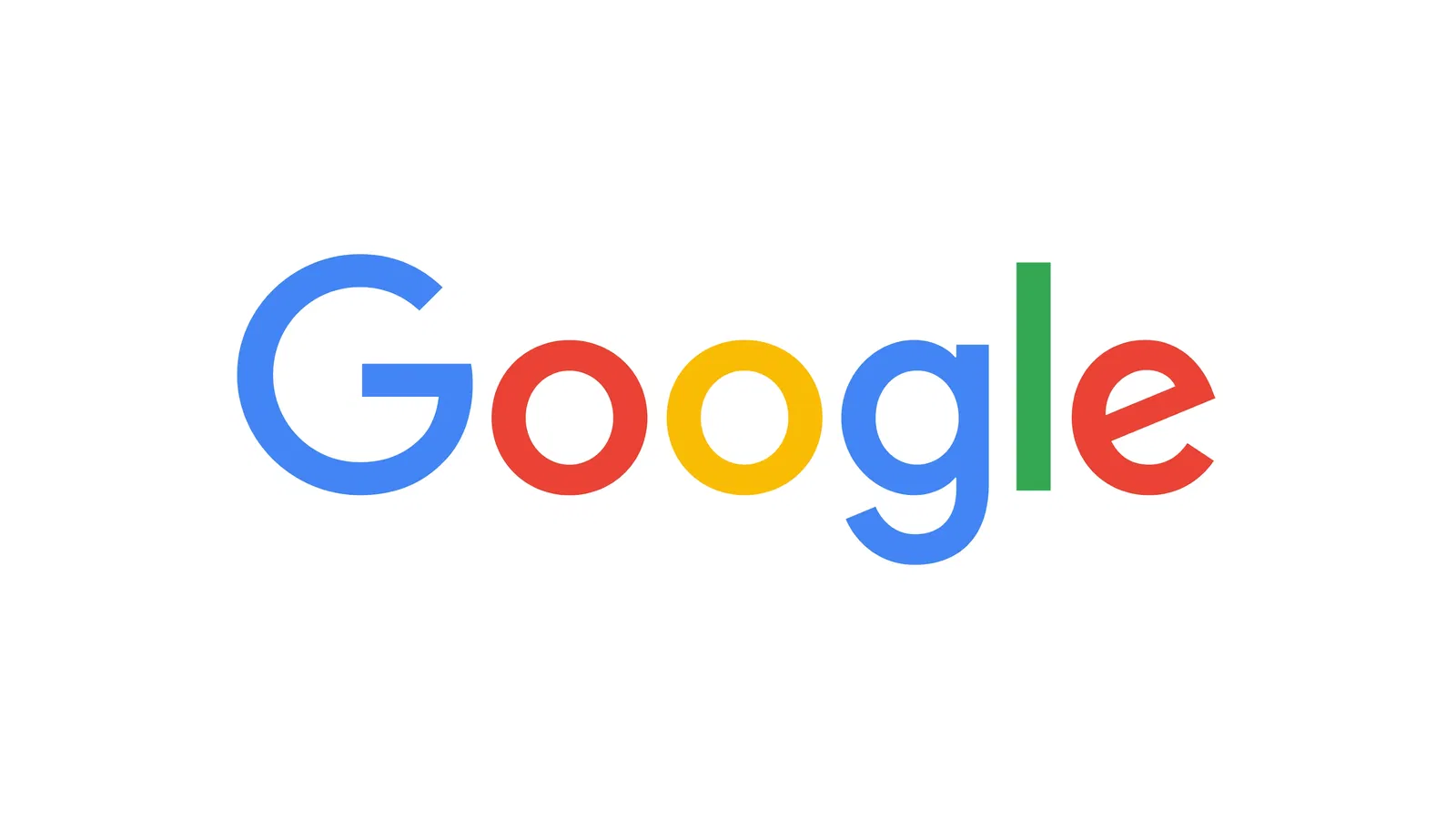 But what is Google Project Sunroof, and can you rely on it for accurate solar information? In this article, we’ll look closely at Google Project Sunroof, how it works, and whether it’s a reliable tool for evaluating solar potential.
But what is Google Project Sunroof, and can you rely on it for accurate solar information? In this article, we’ll look closely at Google Project Sunroof, how it works, and whether it’s a reliable tool for evaluating solar potential.
 Google Project Sunroof is a free tool that helps homeowners determine whether or not solar panels are a viable investment for their homes. It was launched in 2015 by a team of Google engineers led by Carl Elkin.
Google Project Sunroof is a free tool that helps homeowners determine whether or not solar panels are a viable investment for their homes. It was launched in 2015 by a team of Google engineers led by Carl Elkin.
The tool uses high-resolution aerial imagery from Google Earth, advanced 3D modeling, and machine learning algorithms to calculate the solar potential of a given rooftop. It considers factors such as the roof’s structure, shade from nearby trees or buildings, and local weather patterns to estimate a roof’s solar energy potential.
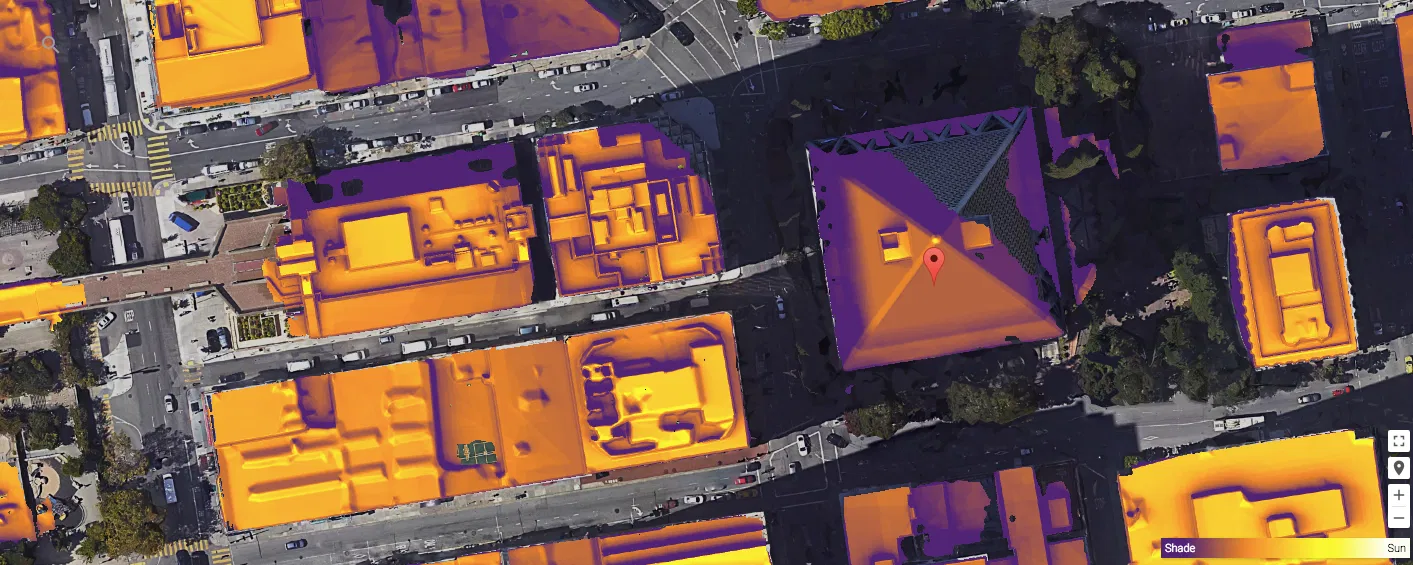
To use Google Project Sunroof, you simply need to enter your address into the tool. It will then provide you with an estimate of the amount of solar energy your roof could generate and invaluable information on the potential savings you could make by installing solar panels.
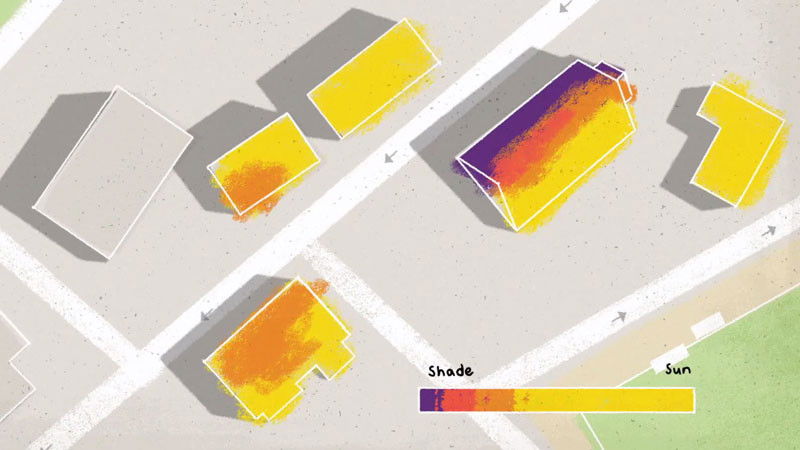
The tool offers a comprehensive report that includes the following:
Besides allowing you to determine whether solar panels are a viable energy option, Project Sunroof also provides a data explorer, which allows you to view the solar potential for various areas.
If you’re considering installing solar panels, you’ll undoubtedly want to know how much energy your roof could generate. While plenty of online resources can help you evaluate your roof’s solar potential, they are pretty scattered and sometimes challenging to use and understand.
With Google Sunroof, you won’t have to worry about a steep learning curve. It’s an intuitive tool that can provide you with an estimate of the potential energy output of your rooftop. All you have to do is key in your address, and the tool will provide you with easy-to-understand data about the potential savings you could make by installing solar panels.
And best of all? You won’t need to spend a dime because it’s a free online tool.
While Google Project Sunroof offers various benefits, it has some drawbacks. The tool is only available in the U.S. and Germany. Additionally, it can’t provide you with a list of local solar providers.
Finally, Project Sunroof is only beneficial for homeowners looking for rooftop solar panels. It doesn’t provide solar data for alternatives like ground-mounted solar systems.
Project Sunroof is a useful tool. However, it may not provide reliable information because it hasn’t been updated since 2018 (Project Sunroof - Data Explorer Changelog, n.d.). As a result, things like outdated imagery, changes in federal solar tax credits, and temporary obstructions like construction may affect the accuracy of the tool’s solar potential estimates.
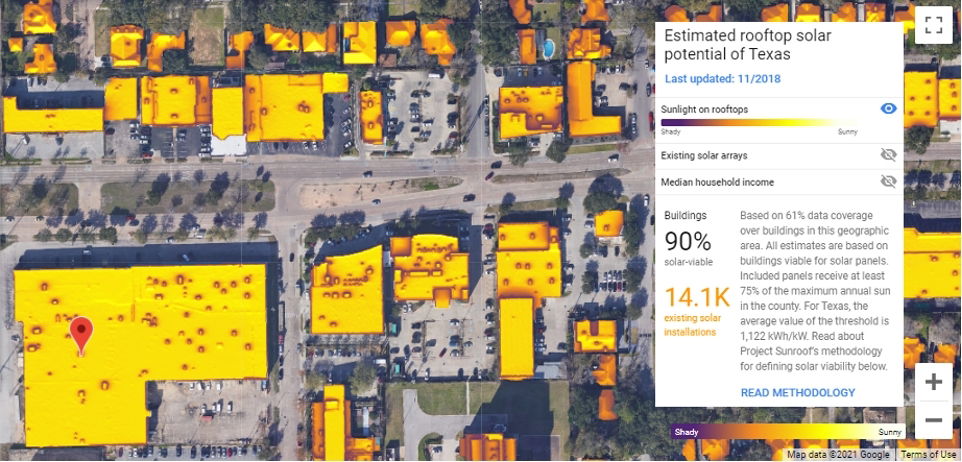
Additionally, Project Sunroof can’t calculate the exact energy solar panels will generate because it varies depending on factors like the size and number of the panels and the quality of the installation.
Finally, Project Sunroof doesn’t consider uncontrollable factors like inflation. As such, you should use the tool to get a ballpark figure rather than a definitive one.
Ultimately, to determine whether solar energy is a good investment, you should conduct your own research, consult a professional solar panel installer, and get quotes from multiple installers before settling for solar.
Although Google Project Sunroof provides helpful information about your home's solar potential, several other factors must be considered before transitioning to solar energy. Here are some key factors to consider:
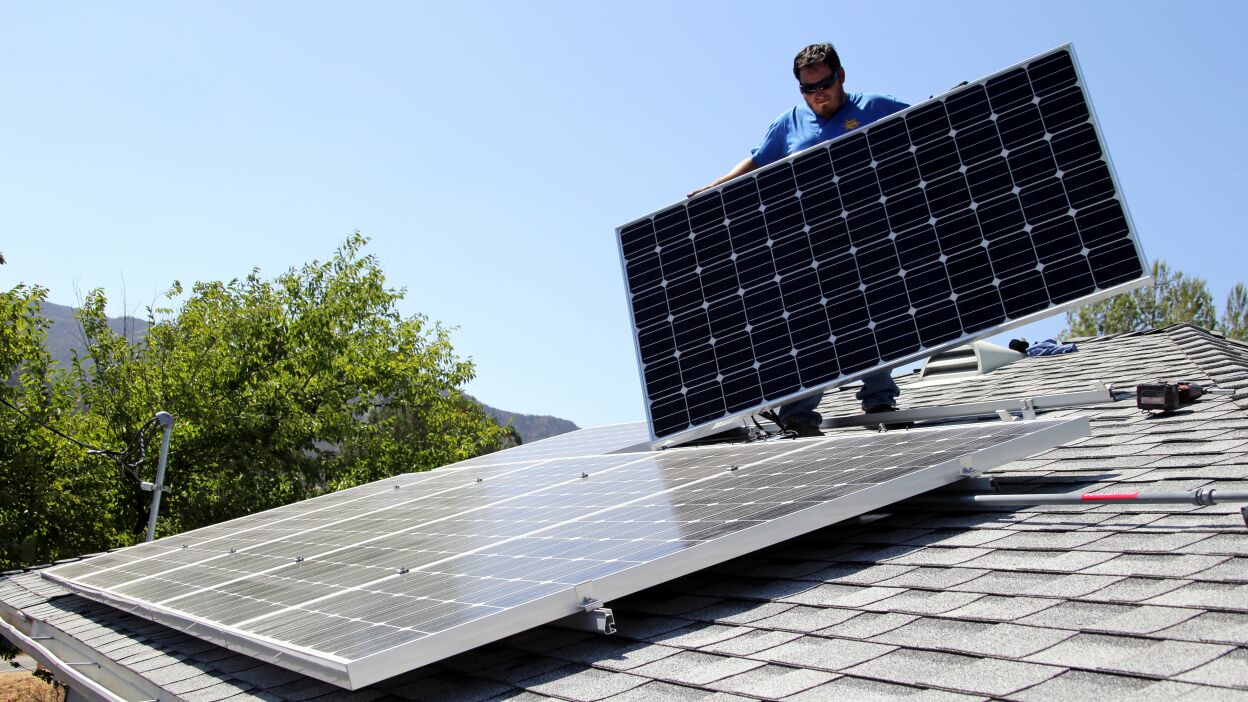
Energy usage: Analyze your home's energy consumption patterns to determine the size and number of required solar panels.
Roof condition and age: Assess your roof's structural integrity and age, as it may need repairs or replacement before a solar panel installation.
Permits and regulations: Familiarize yourself with local building permit requirements and regulations to ensure you comply with them and avoid hefty penalties.
Incentives and rebates: Residential solar panel installations can come at a hefty cost. On average, they cost between $15,000 to $20,000 (Wakefield & Addison, 2023). However, some installations can cost more than $25,000. (Solar Industry Research Data | SEIA, n.d.). Explore local, state, and federal solar incentives, tax credits, and rebates to lower the cost of your panel installation.
Financing options: Besides incentives and rebates, look into financing options like personal loans, solar leases, and power purchase agreements (PPAs) to determine the best way to finance the solar panel installation.
Besides these factors, you should also consider how long you want to stay in your home, as you may take some time to recoup your investment after a solar panel installation.
On average, it takes homeowners in the U.S. about 9 to 12 years to recover the investment in a solar panel system, depending on the state they reside in.
For instance, in states like Hawaii and Massachusetts, homeowners can recoup their investment in as little as five years, while homeowners in states like Louisiana and North Dakota can take up to 16 years (Sendy, 2023).
So, if you want to reside in your home long-term, investing in solar panels may be a viable idea. But if you're planning to relocate soon, you may want to explore other energy-saving measures like switching from incandescent to LED bulbs or invest in insulation.
If solar energy is a worthwhile investment for your home, you'll need to choose a reputable solar installation company. Here are some key things to consider when selecting one:
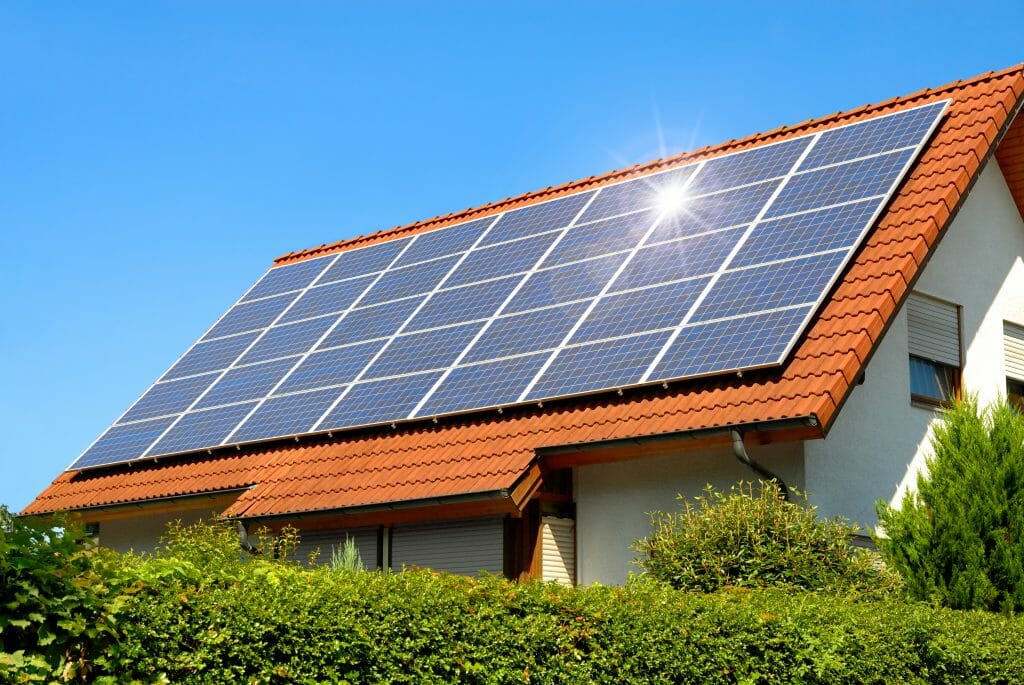
While solar energy might not be suitable for all homeowners, it has substantial benefits for the environment. Some of these benefits include the following:
Yes, solar panels can be a worthwhile investment for many homeowners because they offer many benefits. To determine that, one could consider various factors such as the cost of installation, solar prices, estimated savings on electric bills, and the environmental impact of using solar energy.
Google's Project Sunroof is a useful tool for estimating the savings and potential energy production of a solar system based on location and other factors. Additionally, the sunroof project can provide insights into the practicality of installing solar panels for a specific property.
Ultimately, the decision to install solar panels depends on individual circumstances and priorities, but with increasing efficiency and decreasing solar prices, solar energy is becoming an increasingly viable option for homeowners and businesses looking to reduce their environmental impact and save on energy costs.
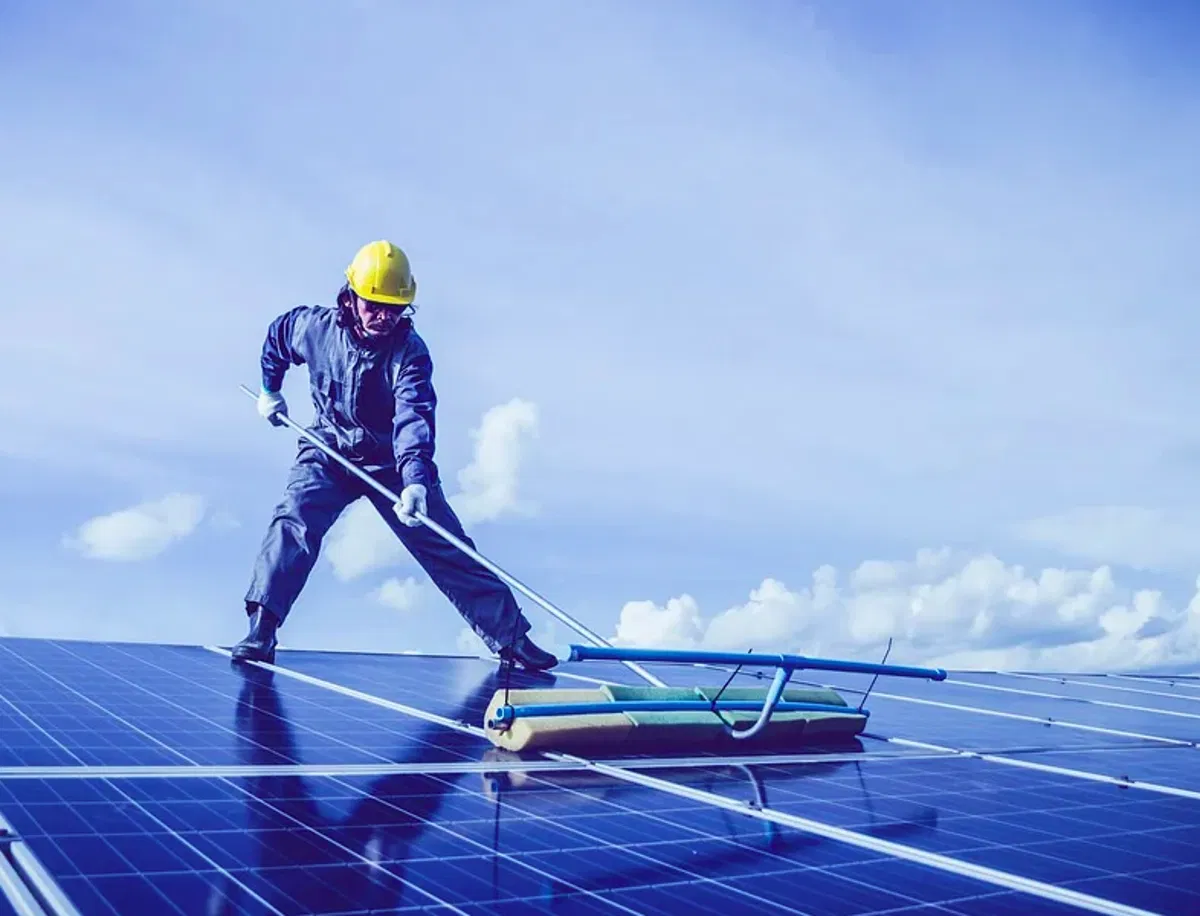
Yes, solar panels require maintenance to ensure they operate at optimal levels. Typically, they require at least one to four checks annually, but the number varies from one manufacturer to another.
Spring is generally the best time to schedule maintenance checks because panels tend to accumulate a lot of dust and debris during winter.
Some solar panels can generate a small amount of electricity when the moon is bright. This is because moonlight is basically reflected sunlight. However, solar panels aren't designed to generate electricity solely from sunlight. They require exposure to direct sunlight to produce a substantial amount of energy.
Solar panels, also known as photovoltaic (PV) panels, are devices that convert light energy into electricity. They usually consist of many solar cells made from materials like silicon. When photons or particles of sunlight hit these solar cells, electrons dissociate from their atoms, generating electricity.
The direct current (DC) electricity generated is then converted into alternating current (AC) electricity via an inverter, making it usable for residential electricity or the grid. The more sunlight hits the solar panels, the more electricity they can produce.
In short, rooftop solar panels work by harnessing the power of sunlight to generate clean and renewable electricity, reducing reliance on traditional energy sources and helping to combat climate change.
The number of solar panels that can fit on a roof depends on various factors such as the size of the roof, roof orientation, and the amount of shading. Rooftop solar installations require ample space, and the number of solar panels based on square feet of the roof and how much the roof faces south, east, or west.
To get an accurate estimate of how many solar panels can fit on your roof, it is best to consult with local solar installers. They can assess your roof's size and orientation and provide you with a customized plan that takes into account factors like your energy usage and local weather conditions. Local installers have experience working in your area, and they can offer insights.
Solar panels are most efficient when exposed to direct sunlight, typically during the middle of the day when the sun is intense and at its highest point in the sky.
Solar panels generate the most electricity during this period because they convert sunlight into direct current (DC) electricity. So, the more light they receive, the more electricity they can produce.
Unlike fossil fuels that emit harmful greenhouse gasses when burned, solar energy is a clean and renewable energy source that doesn't contribute to carbon emissions.
Additionally, the cost of solar panels has dropped by more than 50% over the past decade, making it a more affordable energy option for homeowners (Solar Industry Research Data | SEIA, n.d.). As a result, more and more people are turning to solar as a viable alternative to traditional energy sources.
If you want to transition to solar, Project Sunroof is a useful tool that can help you decide whether or not to invest in solar panels. While it isn't a flawless tool, it's a great starting point if you want to determine the viability of solar energy for your home.
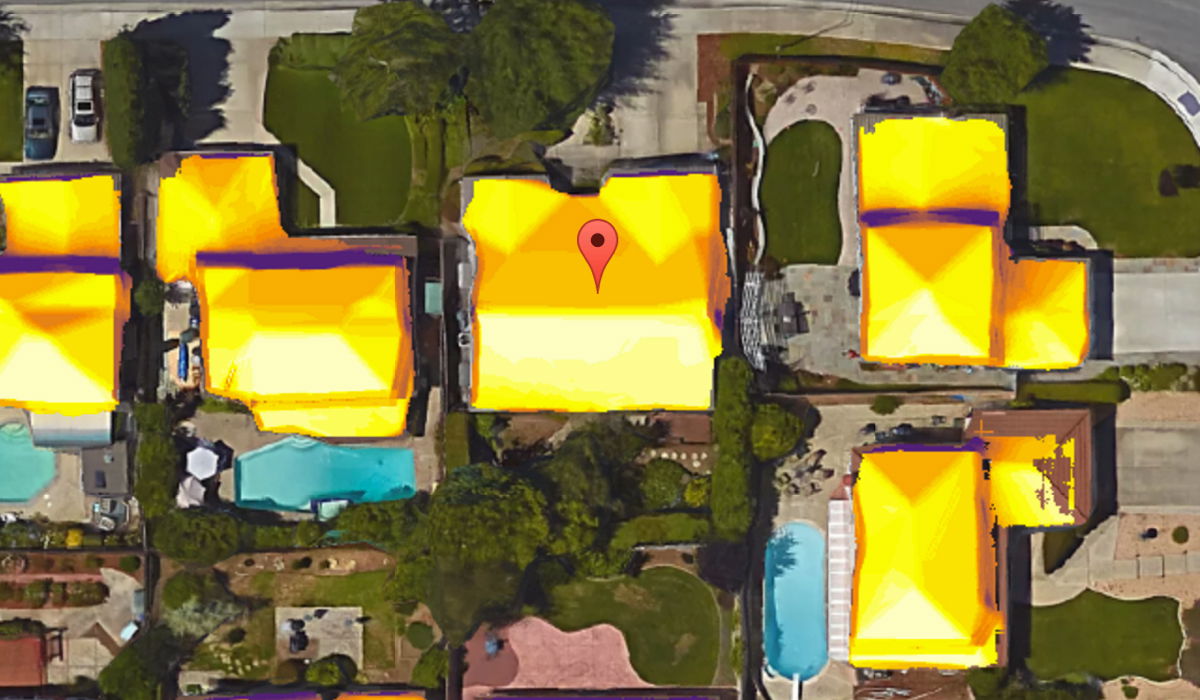
Project Sunroof - Data Explorer Changelog. (n.d.). https://sunroof.withgoogle.com/data-explorer/changelog/
Wakefield, F., & Addison, T. (2023). How Much Do Solar Panels Cost? (2023 Guide). MarketWatch. https://www.marketwatch.com/guides/home-improvement/solar-panel-cost/
Solar Industry Research Data | SEIA. (n.d.). SEIA. https://www.seia.org/solar-industry-research-data
Sendy, A. (2023). How long does it take for solar panels to pay for themselves? Solar Reviews. https://www.solarreviews.com/blog/how-to-calculate-your-solar-payback-period
illuminem briefings

Solar · Renewables
illuminem briefings

Solar · Renewables
Rahul Rajeevkumar Urs

Solar · Renewables
Earth.Org

Solar · Renewables
Politico

Solar · Public Governance
Colombia One

Solar · Renewables